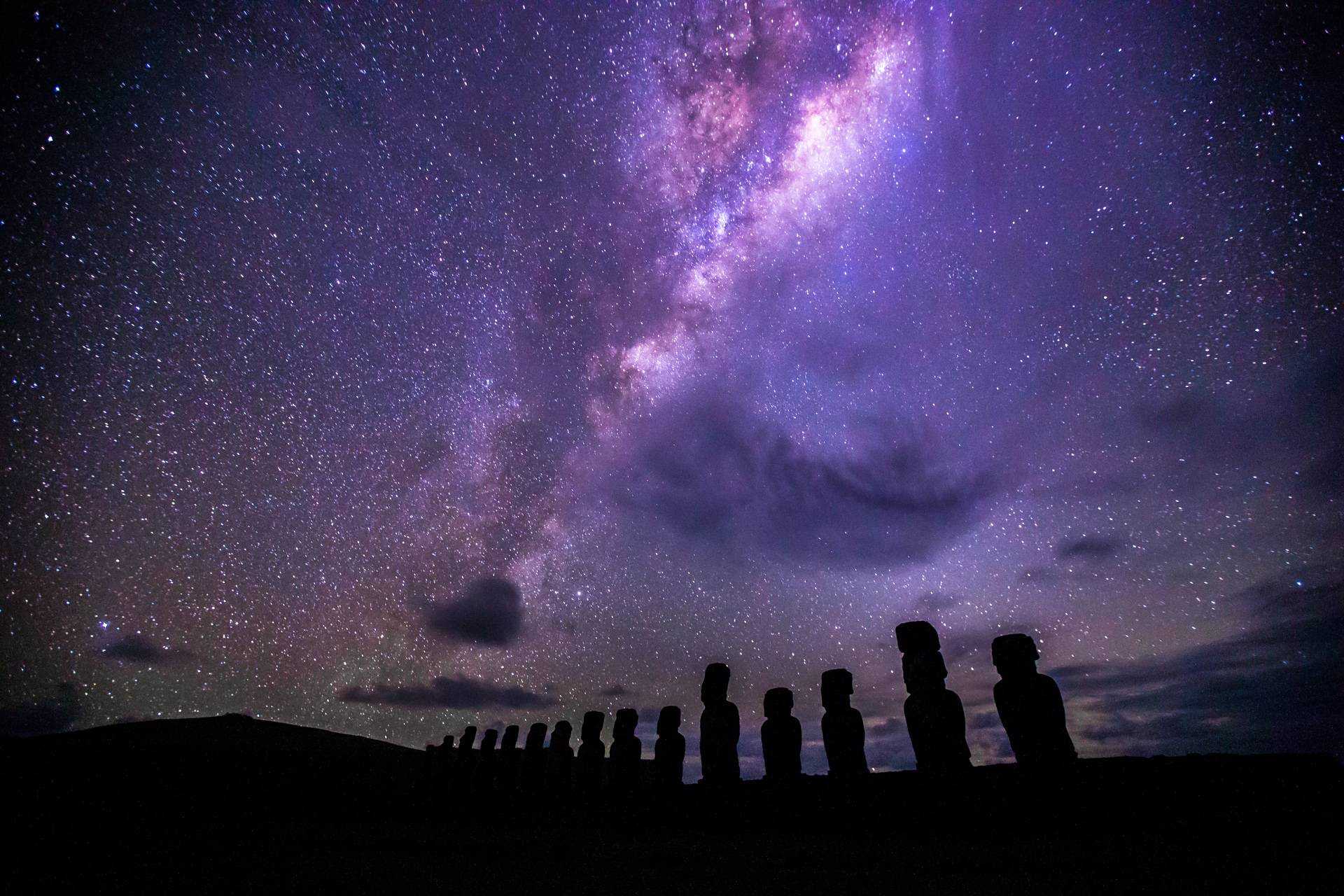Ahu Tongariki, the largest ceremonial platform in Rapa Nui, also known as Easter Island, is a captivating historical site that draws in history enthusiasts from all over the world. Located on the eastern coast of the island, this monumental site is home to 15 massive moai statues, each with its own unique features and characteristics. The sheer size and grandeur of Ahu Tongariki make it a must-visit for anyone interested in the mysteries of ancient civilizations.
Get your dose of History via Email
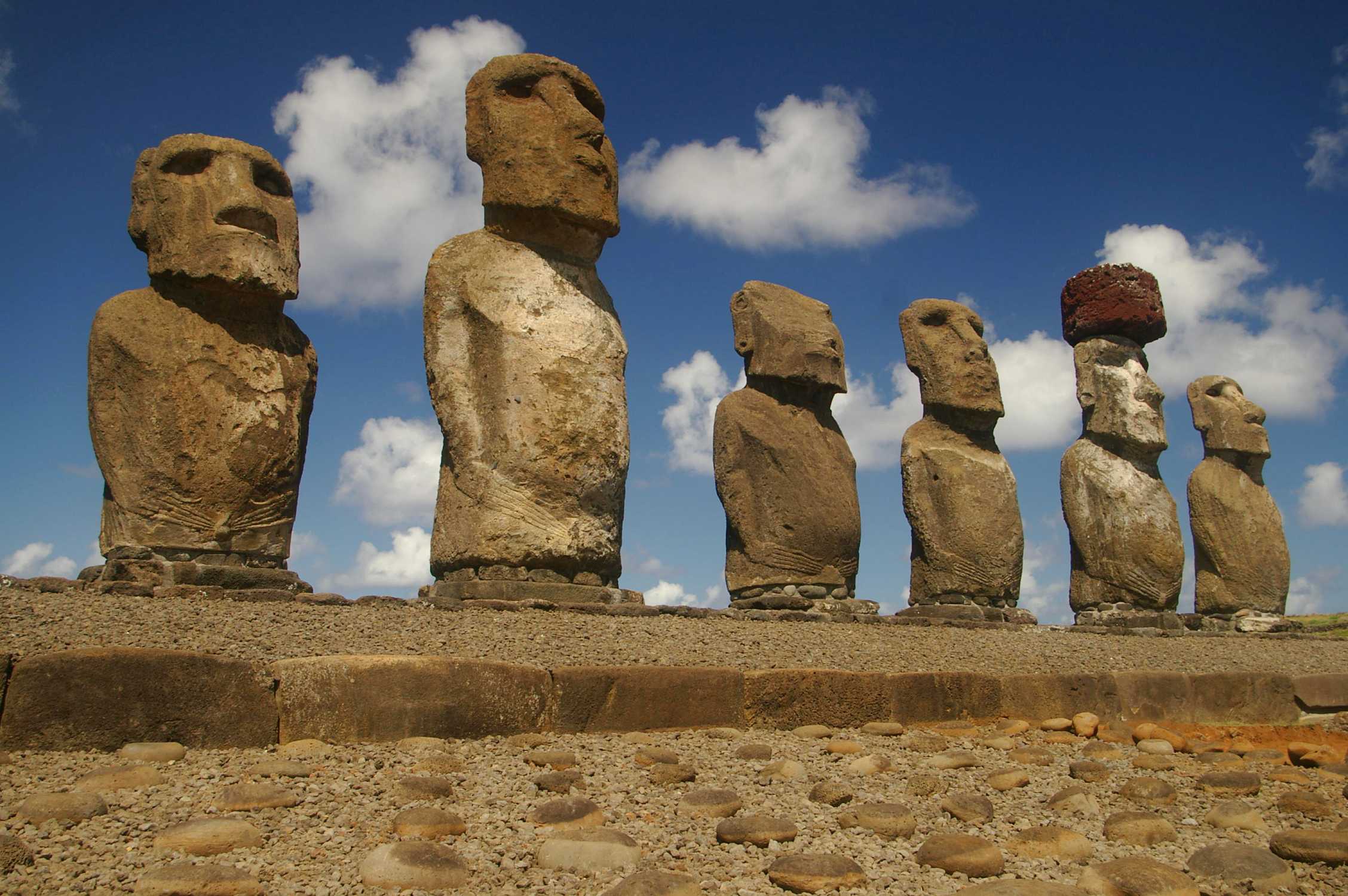
Historical Background
Ahu Tongariki was constructed by the Rapa Nui civilization, a Polynesian society that inhabited Easter Island from around 300 AD to the 17th century. The platform and its statues are estimated to have been built between 1250 and 1500 AD, making them over 500 years old. The Rapa Nui civilization was known for its remarkable stone carving skills, which are clearly evident in the intricate details of the moai statues at Ahu Tongariki.
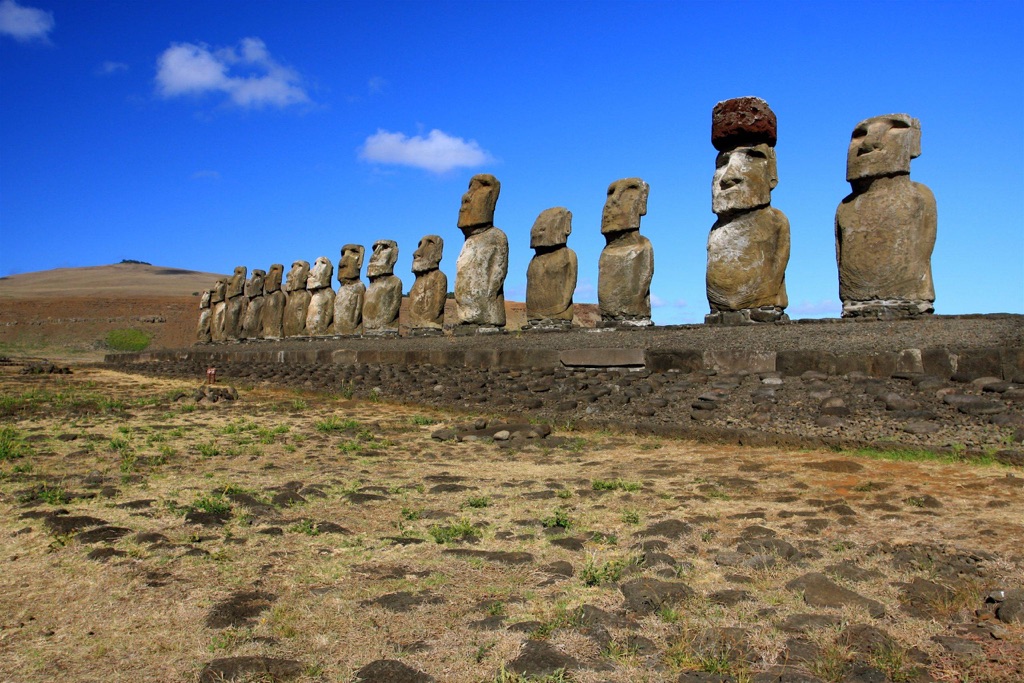
Architectural Highlights
The construction of Ahu Tongariki is a testament to the engineering prowess of the Rapa Nui people. The platform measures approximately 220 meters in length, making it the largest ahu on the island. The 15 moai statues, carved from compressed volcanic ash, stand in a row on the platform, with the tallest reaching an impressive height of 9 meters and weighing around 86 tons. The moai were transported from Rano Raraku, a volcanic crater located about a kilometer away, a feat that still baffles historians and archaeologists today. The statues are adorned with red stone topknots, known as pukao, which were carved separately and placed on the heads of the moai after transportation.
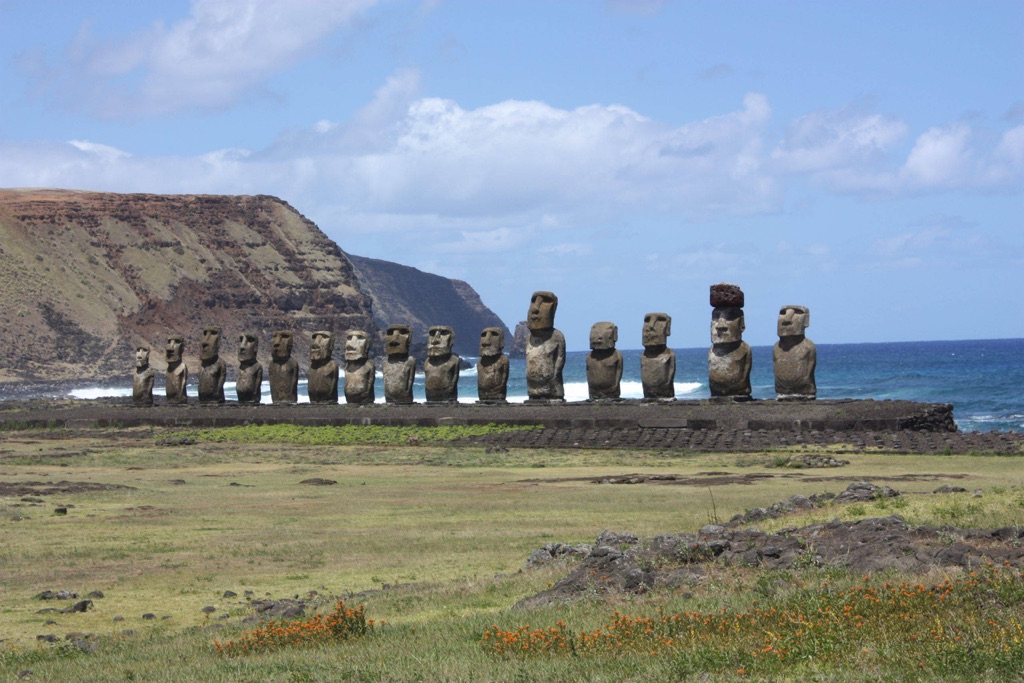
Theories and Interpretations
The purpose of the moai and the ahu has been a subject of much debate among scholars. Some believe that they were built as representations of deceased ancestors, serving as a connection between the living and the spiritual world. Others suggest that they were symbols of authority and power. Radiocarbon dating methods have been used to estimate the age of the site, and evidence of astronomical alignment has been found, suggesting that the Rapa Nui people had advanced knowledge of astronomy. The moai are positioned to face inland, which is believed to be a way of watching over the community.
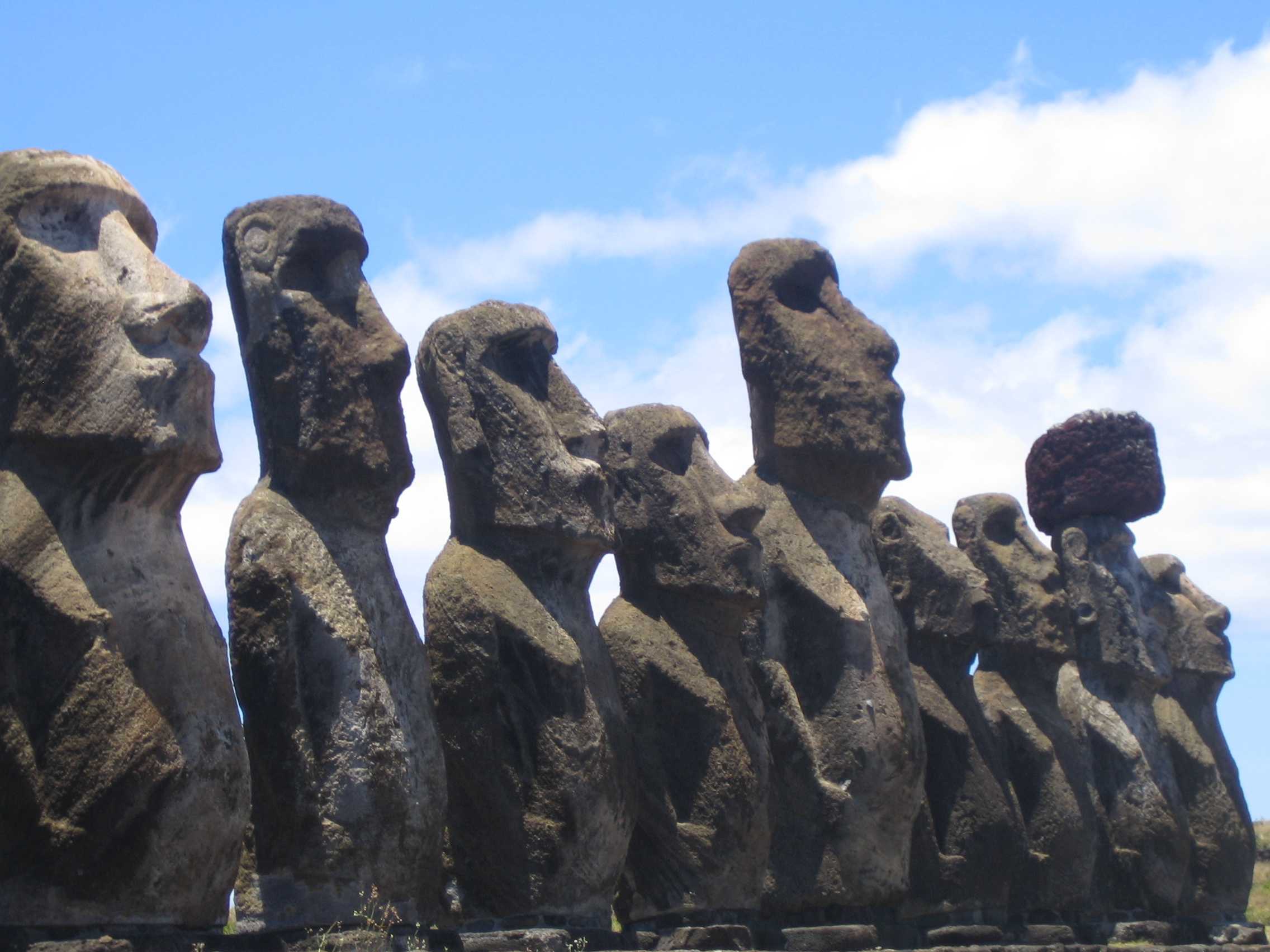
Good to know/Additional Information
Ahu Tongariki was severely damaged by a tsunami in 1960, which scattered the moai inland. The site was restored in the 1990s by a team of archaeologists from the University of Chile, with financial support from a Japanese company. The restoration project took five years to complete and is considered one of the most significant achievements in the field of archaeological restoration. Today, Ahu Tongariki stands as a powerful symbol of the cultural heritage of the Rapa Nui people and a testament to the resilience of human civilization.


